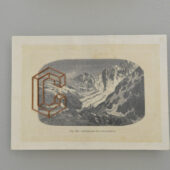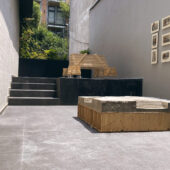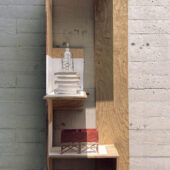That the sense of reality is discontinuous is something that can be appreciated in the succession of the different forms of art. Being a reflection of the existential relationships between the human being and his circumstance, it is natural that, as the cultural context changes, artistic forms are transformed.
If we consider this condition, the fact that the relay of different artistic styles ended with the aesthetic delirium of the latest avant-garde should not surprise us. At that time, despite the modern desire to determine the meaning of history, the human being ended up absolving himself of any ideological paradigm, and with it, by exempting art from any type of aesthetic dogma. This is how each built work is, in its own way, the response to a construction or materialization of an existential space stimulated by social, moral and ethical ideals, forged through its history. Although each work is inescapably contingent on the particular, at the same time its process and result seek to achieve an ideal. Each building or work can be understood as a collective identity device, where Culture itself is re-presented, it is a space where one can see oneself reflected. Thus, architecture and art play a role in the construction of “being” in time, making the world something visible and spatial, a space where we can see ourselves reflected, agglutinating its presence in one thing.
In this way, its objective is to leave a record of an orientation in space-time and it can also be a specific identification of a city or society, and thus be able to see ourselves reflected in it.





0 comments on “AL FINAL, LA VIDA SERA LO QUE RECORDEMOS DE ELLA, NORMAN MORALES”